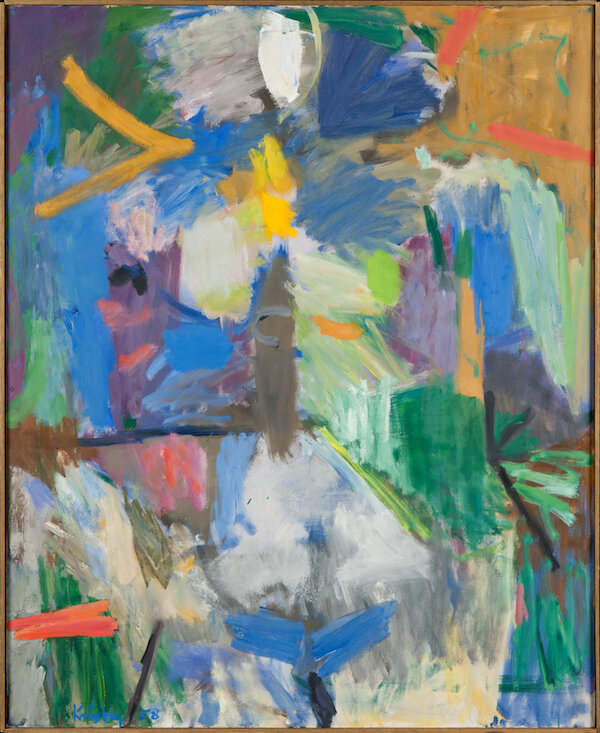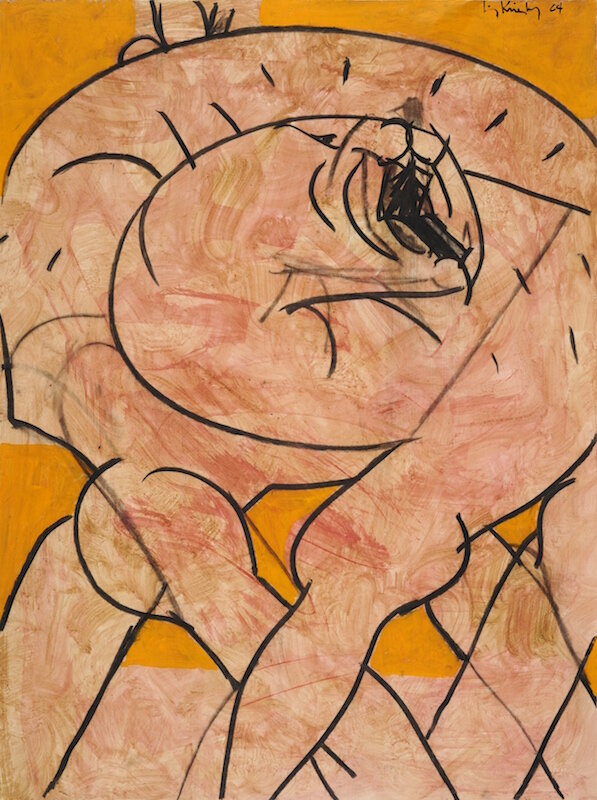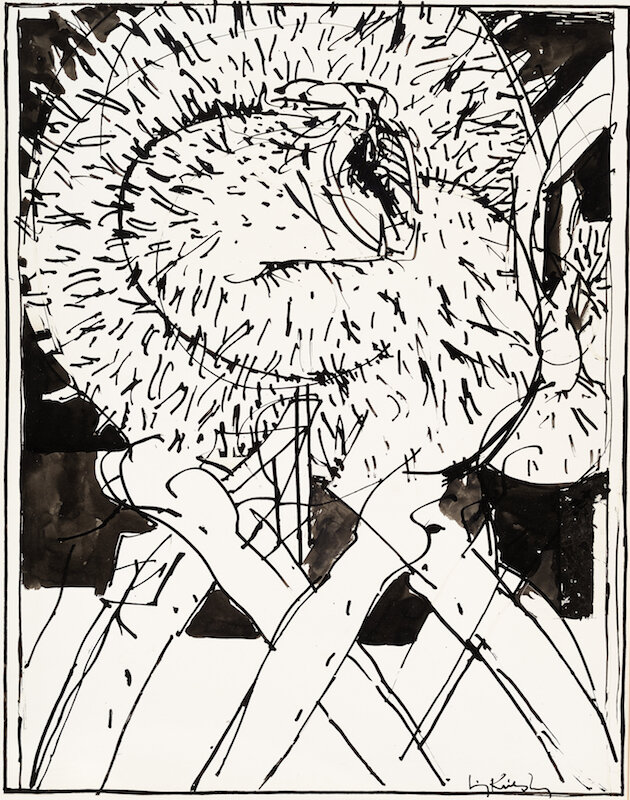Irving Kriesberg’s first solo-show was a bittersweet occasion. The exhibition, which ran from April 26 to May 14, 1955, was at the one of New York City’s most prestigious galleries owned by the esteemed German-Jewish art dealer Curt Valentin. Valentin, directed his eponymous gallery on 32 east 57th street, and was renowned for presenting seminal avant-garde modern artists to New York’s burgeoning fine art scene. He organized exhibitions featuring artworks by Ernst Ludwig Kirchner, Pablo Picasso, Alexander Calder, Max Beckmann, Henry Moore, Marino Marini, and Jacques Lipchitz.
Lipchitz, a seminal Cubist sculptor, took a liking to Kriesberg’s work and introduced him to Valentin, who signed Kriesberg to his roster of artists. Kriesberg’s first show at the Curt Valentin Gallery was in 1953. It was a group exhibition featuring contemporary works by Kriesberg, Reg Butler, Bruno Cassina, Jan Cox, and Alton Pickens. Valentin set the stage for Kriesberg’s first solo show, but he passed away the year before and his gallery, which was ran posthumously for a year, eventually closed towards the end of 1955.
Read more









